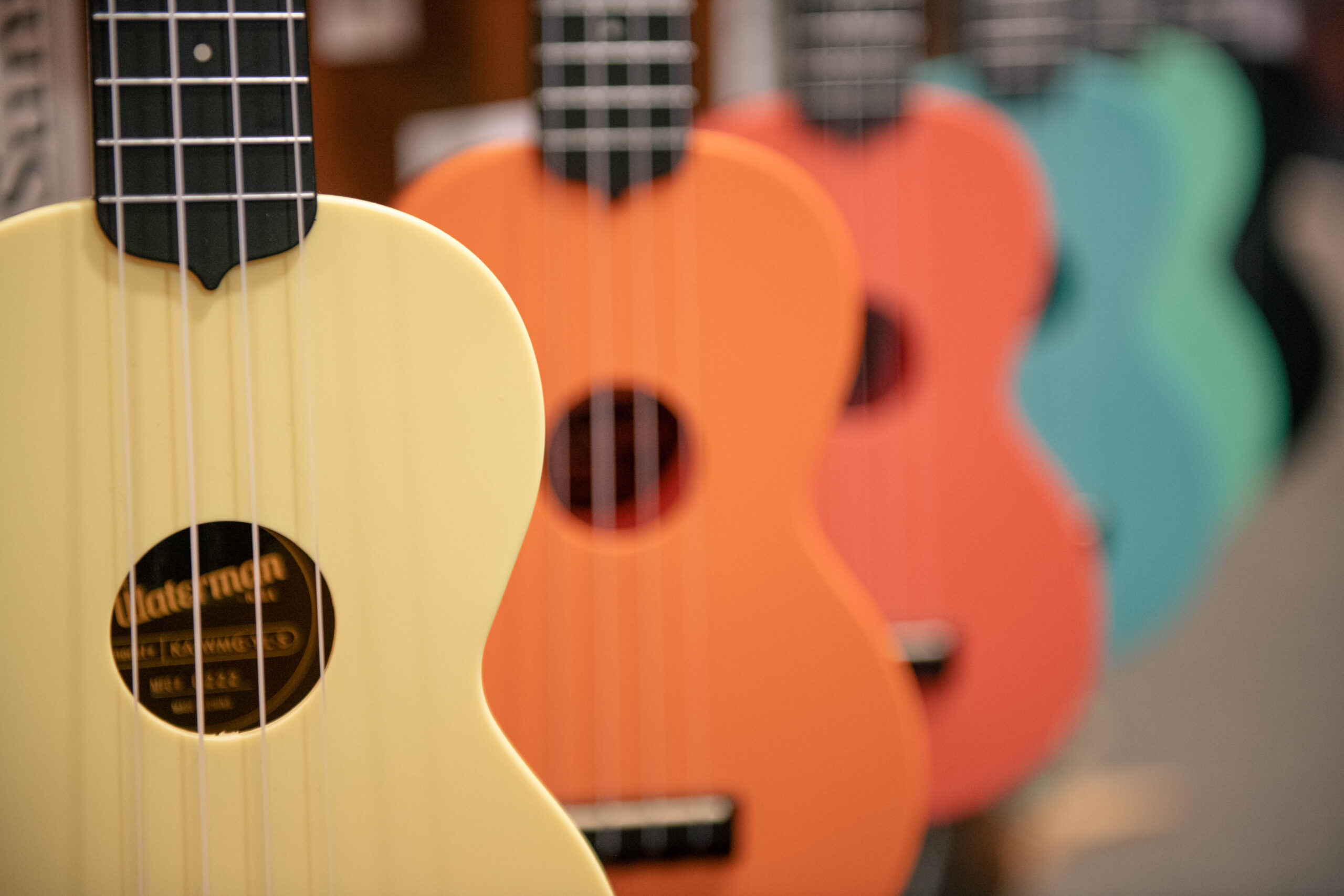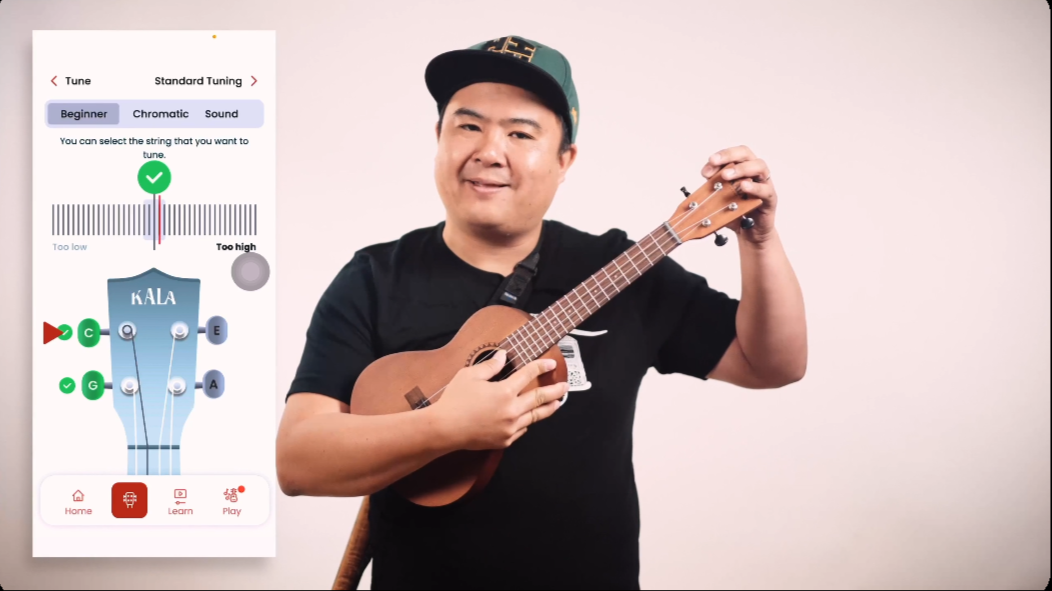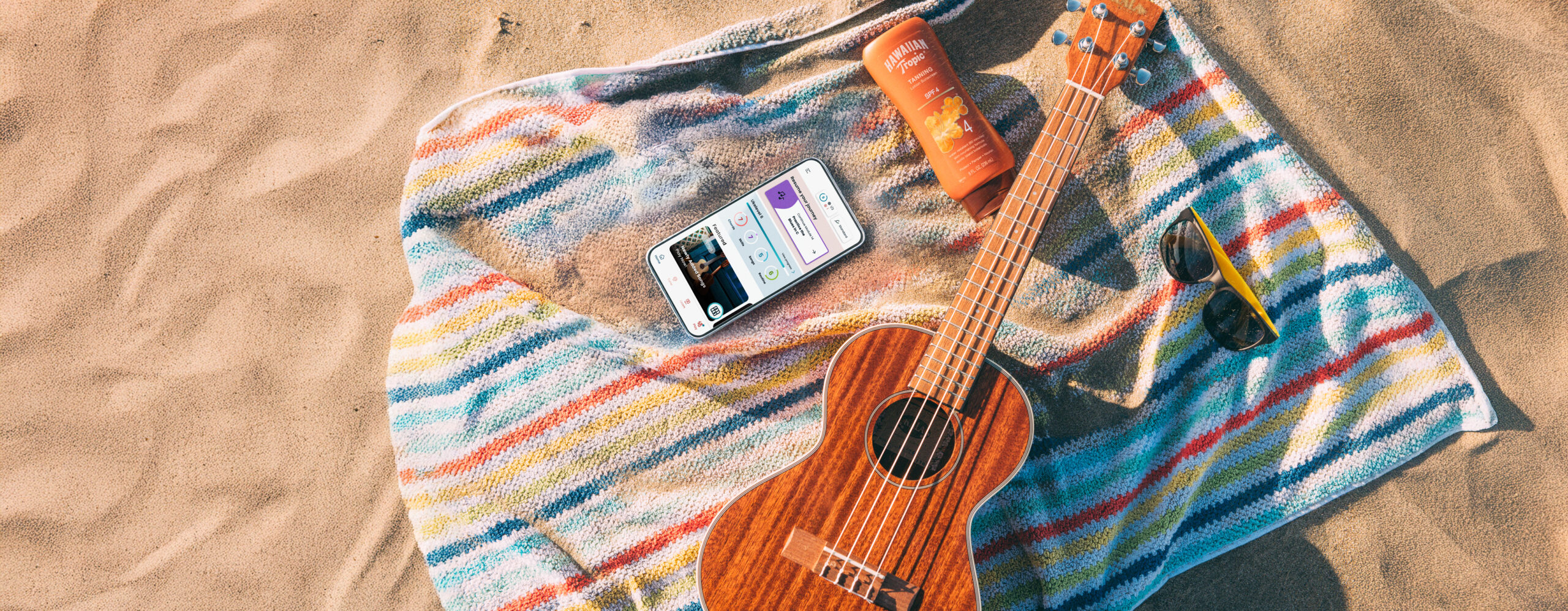If you’ve ever thought about learning a musical instrument but felt intimidated, you’re not alone. Guitars have six strings, pianos have 88 keys, and don’t even get us started on violins and brass instruments. But what if there was an easier, more approachable way to start your musical journey?
Enter the ukulele — a small, joyful instrument that has become a go-to for beginners of all ages. Whether you’re 8 or 80, the ukulele is proof that anyone can make music, even if you’ve never played a single note before.
In this guide, we’ll explore exactly why the ukulele is considered the easiest instrument to learn, and how it can be your perfect first step into the world of music.

1. Fewer Strings, Less Stress
One of the main reasons the ukulele is so beginner-friendly? It only has four strings.
Compared to a guitar’s six strings, this instantly makes:
Chords are simpler to learn
Finger placement is easier to manage
Less physical strain on your hands
For complete beginners, this simplicity means you’ll experience less frustration and more progress early on. In fact, you can play recognizable songs with just one or two fingers!
2. Softer Strings Are Gentler on Your Fingers
Ever tried pressing down metal guitar strings? Ouch. For beginners, this can be a real barrier.
Ukuleles typically use nylon strings, which are:
Softer and gentler on your fingertips
Easier to press down for clean sound
Perfect for kids, beginners, and those with hand sensitivities
This makes the learning process far less painful, literally.
3. Portable, Lightweight, and Easy to Handle
A ukulele weighs about as much as a pair of sneakers — super light and easy to carry.
Ideal for small hands and younger players
Perfect travel companion for vacations, camping, or even just playing in your backyard
No bulky equipment is needed
Its small size also makes it less intimidating, which encourages more frequent practice.
4.You Can Play Real Songs in Minutes
One of the best things about the ukulele? You don’t need to learn hundreds of chords before you play a song.
Many popular songs use just three or four basic chords:
C, Am, F and G can unlock dozens of songs.
Strumming simple patterns brings songs to life instantly.
Instant gratification = high motivation.
This quick success is a huge reason people stick with the ukulele.
5. Quick Learning Curve for Absolute Beginners
Unlike instruments that require months of technical training before sounding decent, the ukulele rewards you early.
In just your first week, you can play multiple songs, learn basic strumming patterns
and start singing along while playing. With daily 10-15 minute sessions, you’ll build confidence fast.

6. Affordable & Beginner-Friendly Options
Starting with the ukulele doesn’t mean a huge financial investment. Quality beginner models are very affordable:
Entry-level ukuleles from trusted brands like Kala start around $50–$100.
No amps or special gear are required.
Free learning resources available (apps like the Kala Ukulele App, YouTube, etc.)
This lowers the barrier to entry for casual learners, families, and hobbyists.
7. It’s Relaxing and Fun (Not Just Technical)
Unlike instruments where early learning is full of drills and exercises, the ukulele feels fun from the start:
The cheerful tone naturally uplifts your mood.
Playing along to simple songs feels more like a hobby, and less like a chore.
Group jam sessions are casual and low-pressure.
This “fun-first” approach keeps beginners engaged and coming back for more.
Bonus: How the Kala Ukulele App Makes Learning Even Easier

If you’re worried about learning on your own, the Kala Ukulele App is your ultimate practice partner.
Here’s how it helps beginners:
Built-in tuner: Tune your ukulele in seconds, even if you’ve never done it before.
A full learning path: takes you from total beginner to a confident, well-rounded player
Step-by-step tutorials: Learn with visuals, slow the tempo, and get real-time feedback.
A big song library: your favourite songs with an easily accessible approach
Set practice reminders and monitor your progress
The app turns learning into a game-like experience, making it easier and more fun to stay consistent.
Q&A
Nope! You can start playing ukulele without any music theory knowledge. Basic chords, simple strumming patterns, and play-along tutorials are all you need to begin.
Nope! You can start playing ukulele without any music theory knowledge. Basic chords, simple strumming patterns, and play-along tutorials are all you need to begin.
Most beginners start with a soprano or concert ukulele. Concert ukuleles are slightly larger and easier for adults or those with bigger hands.
A quality beginner ukulele usually costs between $50 to $100. Trusted brands like Kala offer affordable, reliable options perfect for learning.
With daily practice (10-15 minutes), most beginners can play their first simple song within a week or two.
Both work! Apps like the Kala Ukulele App offer step-by-step lessons and tutorials that are perfect for self-paced learning. A teacher can give personalized feedback, but apps are great for beginners.
🌟 Final Thoughts: Why You Should Try Ukulele First
If you’ve ever wanted to learn an instrument but didn’t know where to start, the ukulele might just be the answer. It’s simple to learn, kind to beginners, and fun, affordable and portable.
In just a few minutes a day, you’ll be surprised how quickly you can go from zero to playing your favorite songs. No prior experience is needed.

